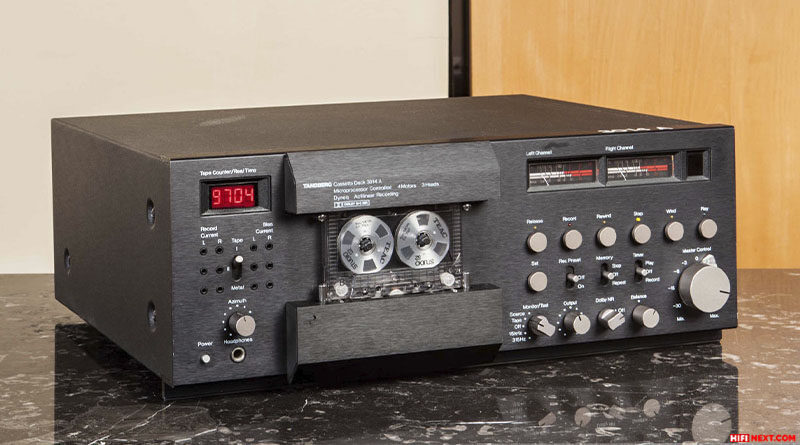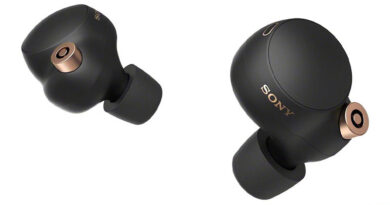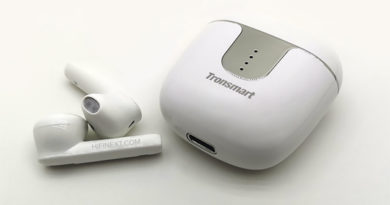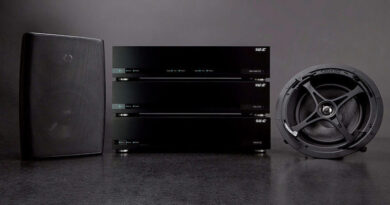Which cassette decks are better than Nakamichi Dragon?
When it comes to cassette decks, many people mean Nakamichi Dragon. It just so happened that this particular device is today considered one of the best analog reproducing devices on the market. No doubt, “Dragon” is really excellent (frequency response up to 22,000 Hz, signal-to-noise ratio – 74 dB), with transparent and harmonious sound; however, if you study the market, there are many alternatives to this deck. In our new review, we’ll highlight eight of the Nakamichi Dragon’s competitors that outperform Nakamichi Dragon in sound quality.
Contents:
- Revox B21
- Aiwa XK-S9000
- Nakamichi 1000ZXL
- Revox B710
- Nakamichi MR-1
- Sony TC-KA7ES
- Tandberg TCD-3014A
- Nagra JBR Playback System PS-1
Revox B21
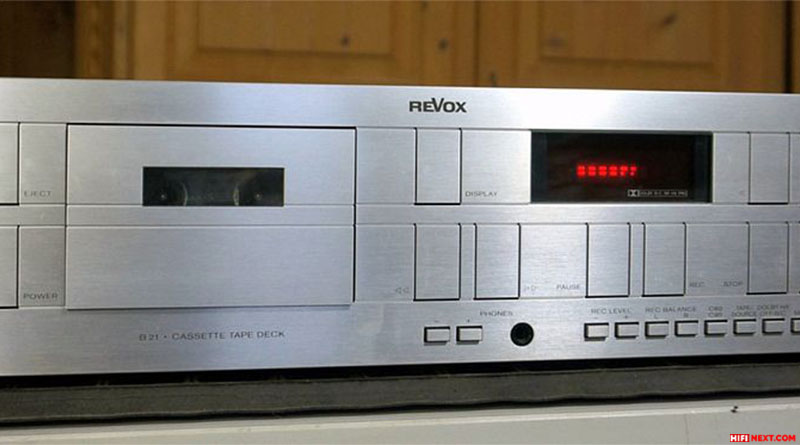
The swan song of the company, which came out in 1990 and was offered for an impressive $3,000. The model is distinguished by extraordinary precision – a pair of microprocessor-controlled motors and two more tonal shaft motors guarantee excellent performance characteristics. The Revox B21 operates from 30 to 20,000 Hz with a signal-to-noise ratio of up to 74 dB (with Dolby C). The last decks left the assembly line at the very end of the nineties, so now there is a chance to purchase the device in excellent condition. The sound of the model, although it does not reach the top-end Revox B710 described below, is somewhat superior to the Nakamichi Dragon in terms of working with the lowest frequencies.
Aiwa XK-S9000
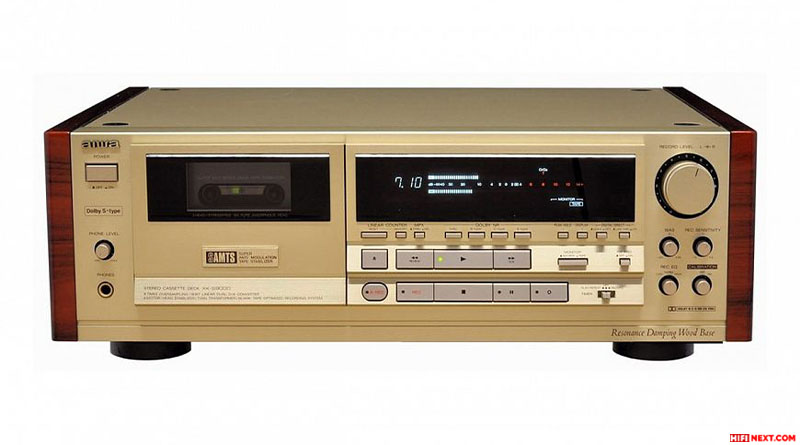
The reference cassette deck from Aiwa – XK-S9000 has an onboard digital-to-analog converter with a resolution of 18 bits, is equipped with an automated cassette cover and has a special system for preparing the cassette for playback (by shaking and damping). Aiwa XK-S9000 has an amazingly transparent sound, colored with all the colors of emotional shades – it is simply impossible not to fall in love with such a presentation.
Nakamichi 1000ZXL
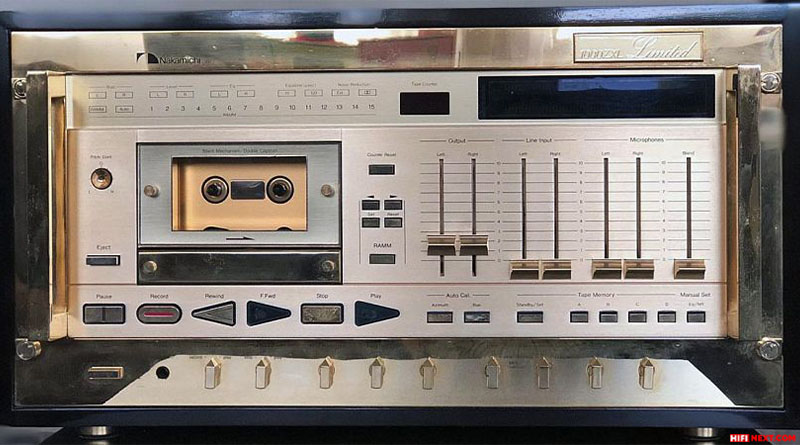
The second generation of cassette decks, which includes the reference Nakamichi 1000ZXL, has everything that audiophiles dream of – and beyond. The device, which went on sale in 1977, contained all the most advanced developments of those years and came close in sound quality to reel-to-reel tape recorders. The device has a simple automation, however, it is equipped with discrete heads and has an azimuth adjustment of the recording system. If you do not need Metal-type cassettes (only Fe /Cr is allowed, but the frequency response is in the range of 30 Hz – 23000 Hz), this device will demonstrate the most natural and velvety sound.
Revox B710
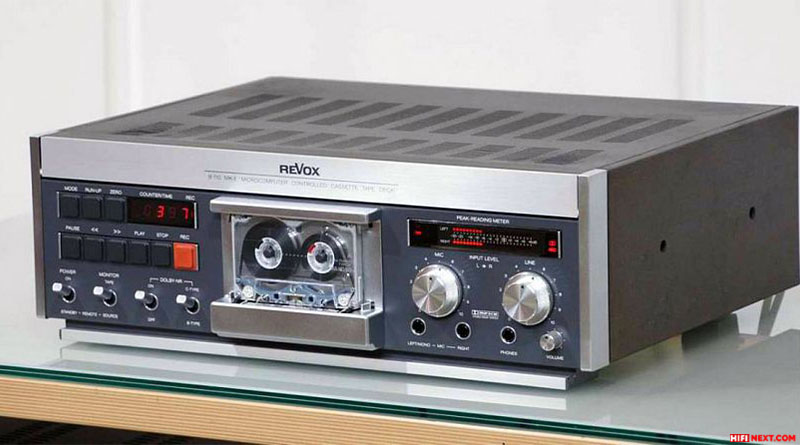
The pinnacle of Studer/Revox developments in the cassette field – made at a time when the need to save has not yet touched companies. Everything is fine here – the transport mechanism with a cast frame and four engines is especially impressive. Three discrete Japanese heads guarantee a very confident sound, captivating with its neutrality, frank presentation and detail. The sound character of the Revox B710 seems elegant and effortless – the deck effortlessly handles even complex genres and provides a great engaging effect.
Nakamichi MR-1
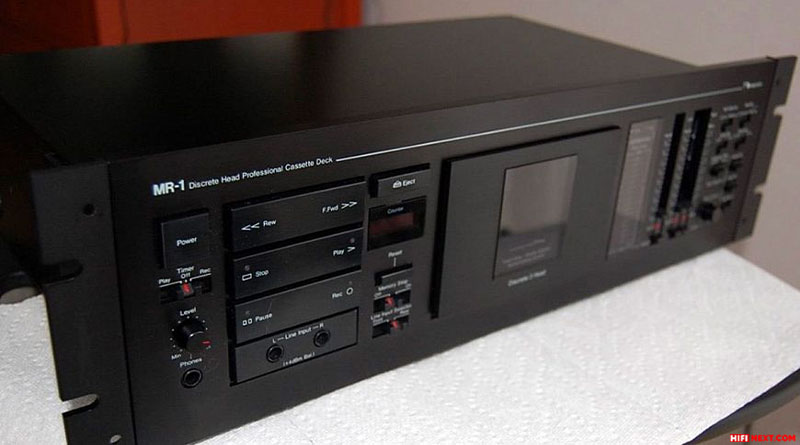
Professional model, flaunting all the coolest developments of the company. The device cost more than $1,000 and was produced in a small circulation from 1985 to 1994. The Nakamichi MR-1 was equipped with three discrete heads, digital level meters and a similar tape counter, Dolby C and XLR connectors. In a “head-on comparison” with Nakamichi Dragon, it is the Nakamichi MR-1 that wins – although there is no abundance of fashionable (at that time) features, the top is not so annoying, and the bass is much more textured.
Sony TC-KA7ES
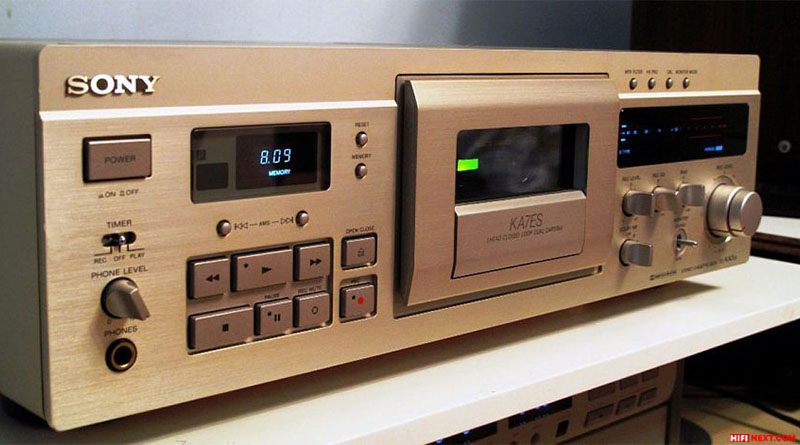
The famous Sony ES-series: the device has a copper-plated chassis, a power transformer, which is more suitable for a power amplifier, and so “licked” stuffing that it may well serve as a guideline for the development of reference devices. Three heads, Dolby B, C, S, HX Pro noise cancellation systems, 80 dB signal-to-noise ratio with 0.04% detonation – but the main thing is sound. It is truly charming, textured and completely natural. The bright presentation of the Nakamichi Dragon loses to the Sony TC-KA7ES.
Tandberg TCD-3014A
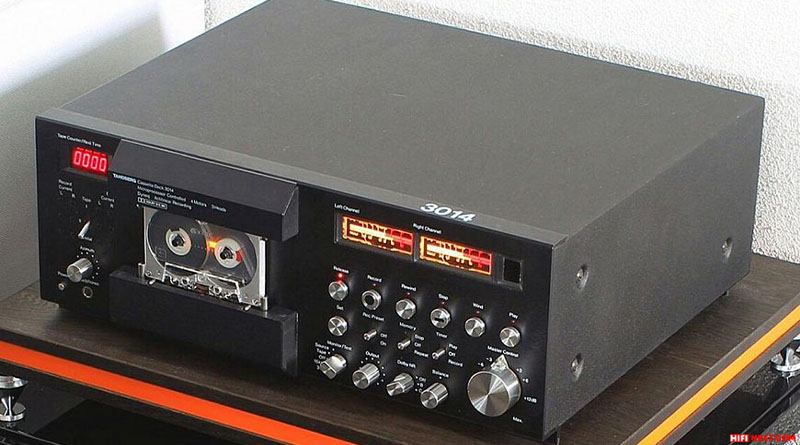
The leader of the rating. The terrible appearance of the Tandberg TCD-3014, of course, is able to scare off a number of users, but in terms of sound, the cassette deck leaves no stone unturned from Nakamichi Dragon. Tandberg TCD-3014 demonstrates a much larger volume of recording, works perfectly with the localization of instruments in space, guarantees a reference study of timbres and … bass. No, BASS – it’s really thunderous here, sometimes it’s hard to believe that you are listening not to a reel-to-reel, but to a cassette tape recorder. If you’re lucky, look for a later release of the model in the Tandberg TCD-3014A version – this improved modification has an even more advanced sound than the original.
Nagra JBR Playback System PS-1
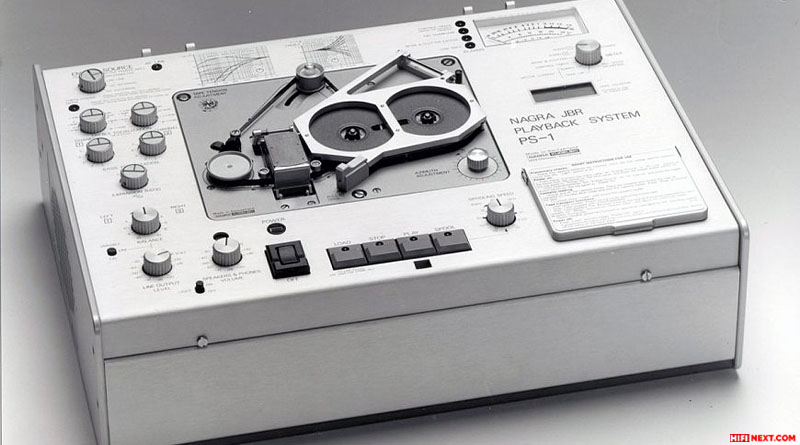
The cherry on the cake, which is not formally included in our rating. The device was released in a circulation of several hundred copies and was produced from the beginning to the end of the eighties of the twentieth century. The price tag went through the roof – in 1989 they asked for $25,000 for the model. A cassette developed by Nagra was used for recording – the JBR cassette format was used (by the way, such “modernized” compact cassettes are still sold at online auctions, the price per piece is about $50). The sound of this device is no longer just closer, but closely aligned with the bobbins.

